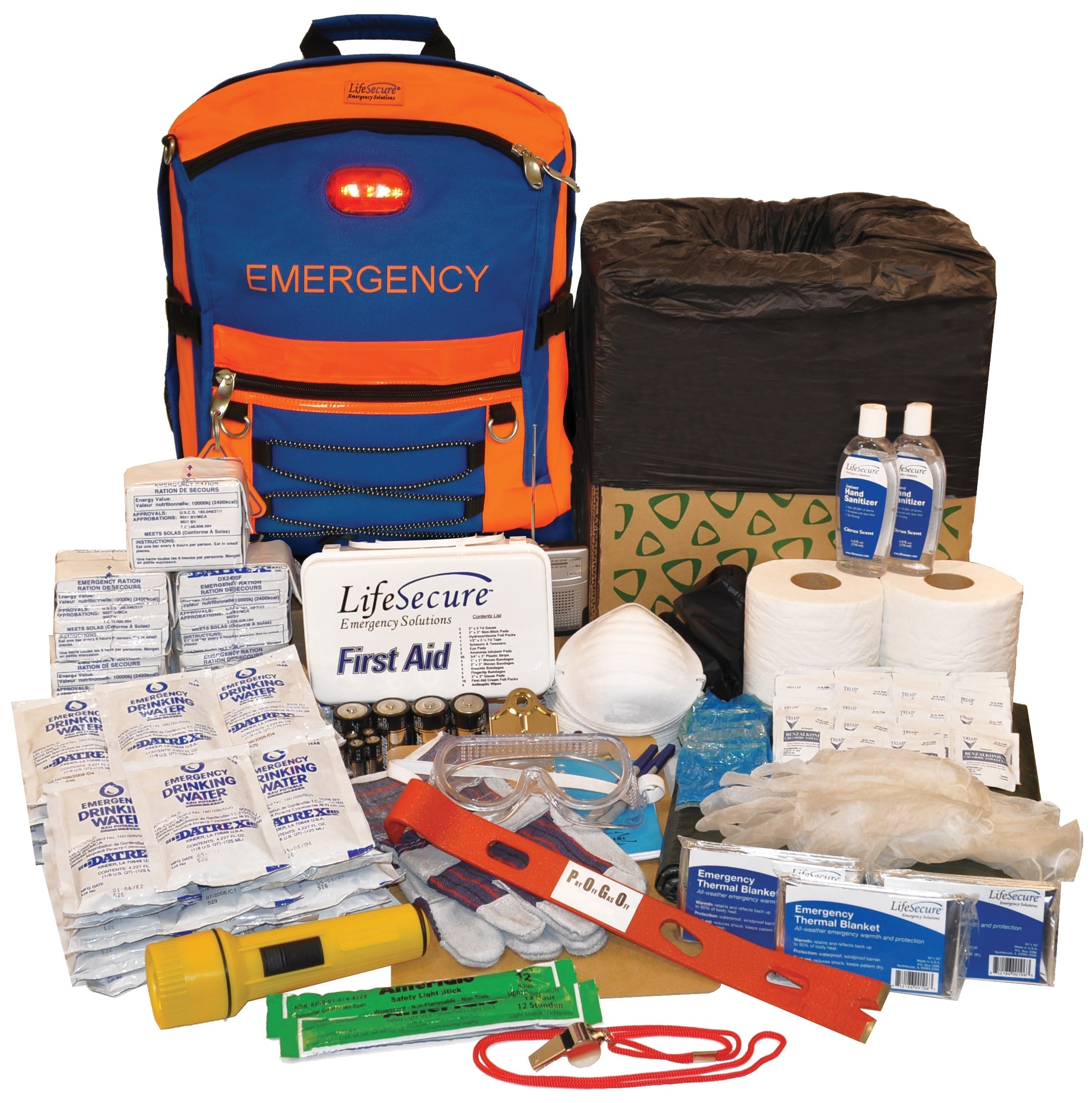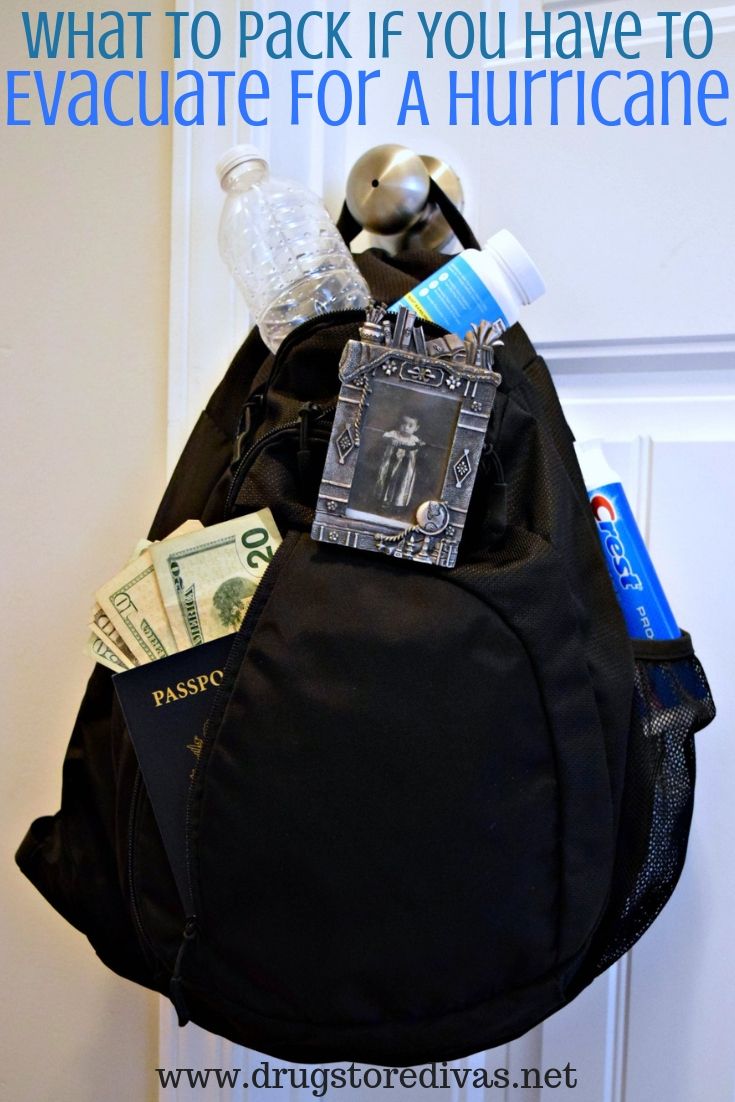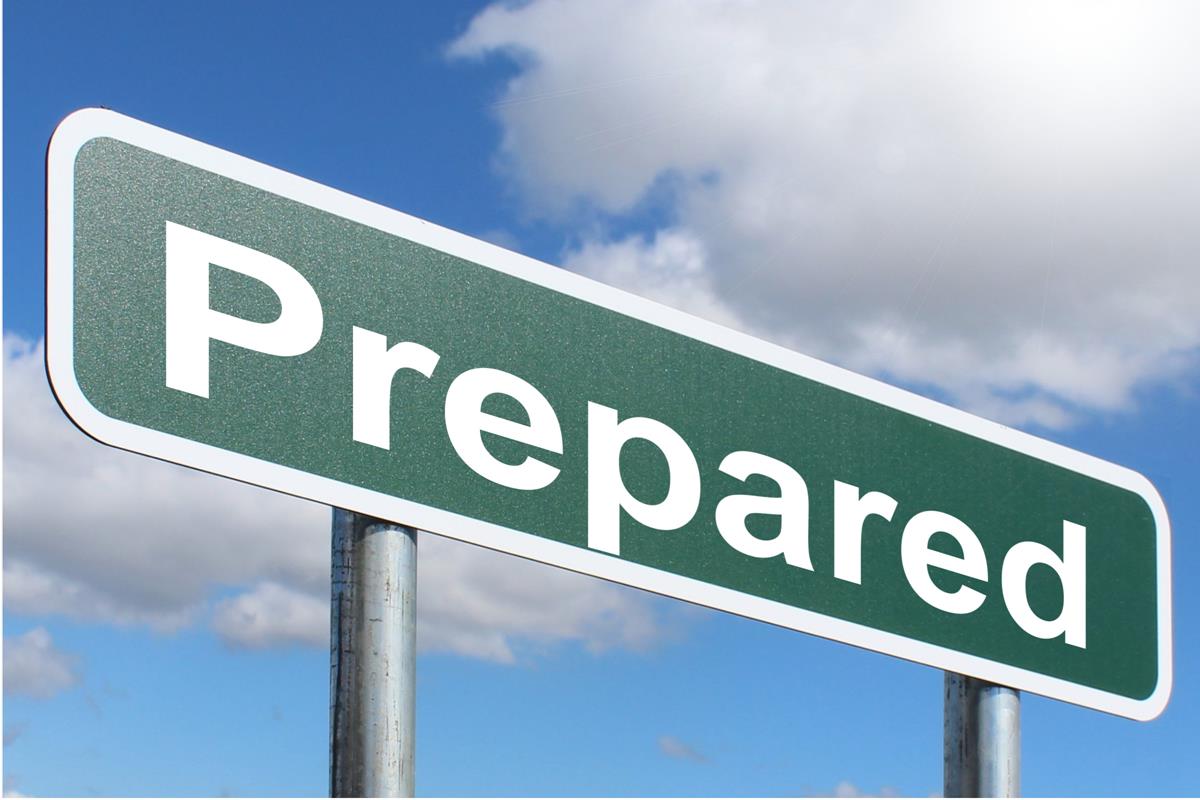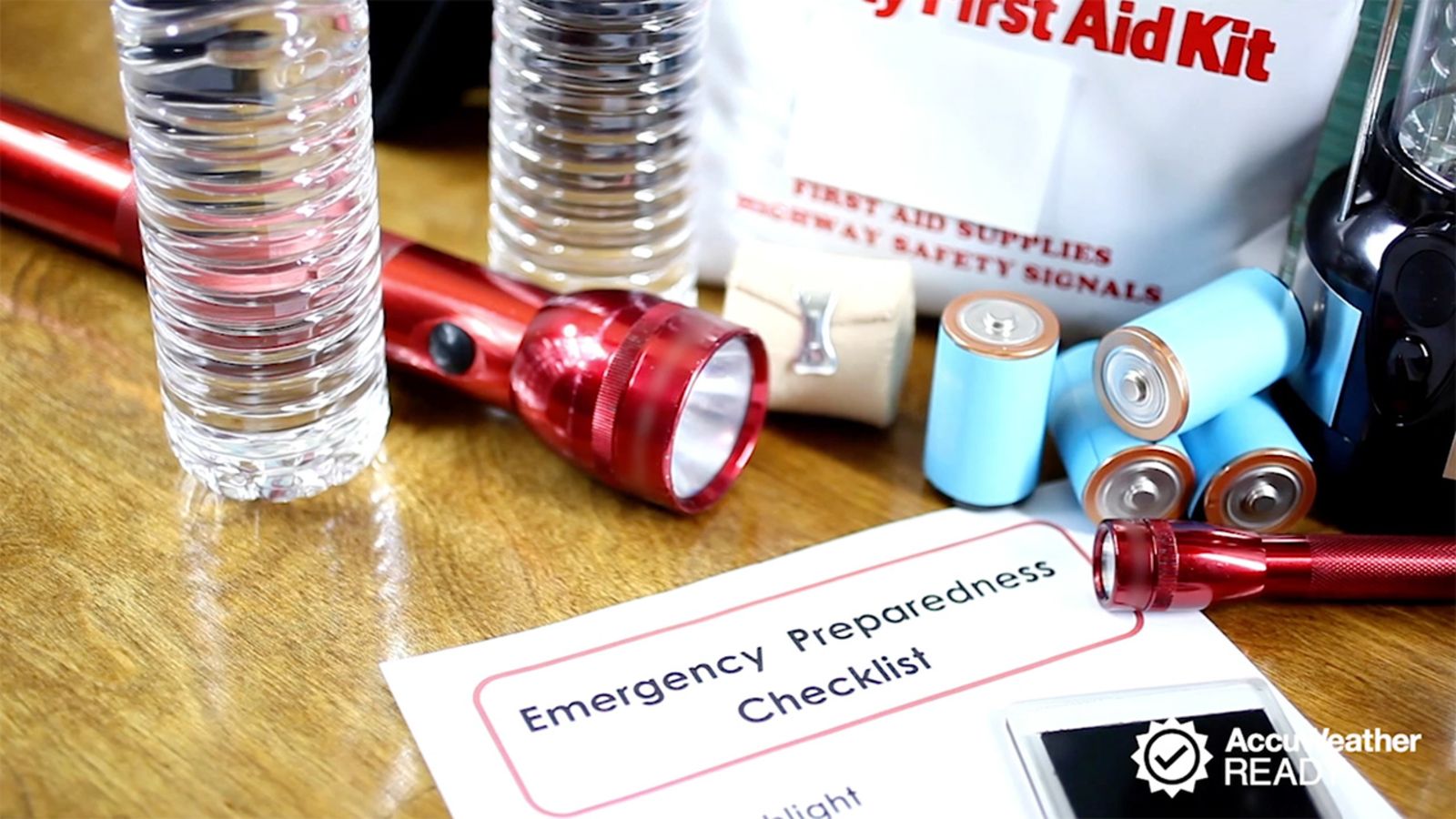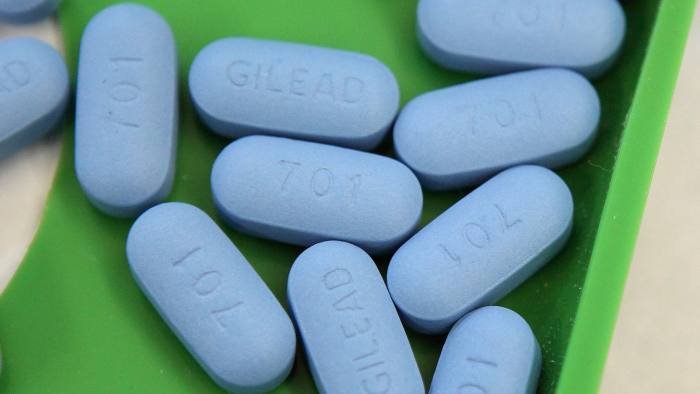What To Have In A Tornado Emergency Kit

A tornado emergency kit is a collection of essential items that can help you survive and cope in the event of a tornado. Having a well-stocked kit can provide peace of mind and help you and your loved ones stay safe. Here’s a detailed explanation of what to have in a tornado emergency kit:
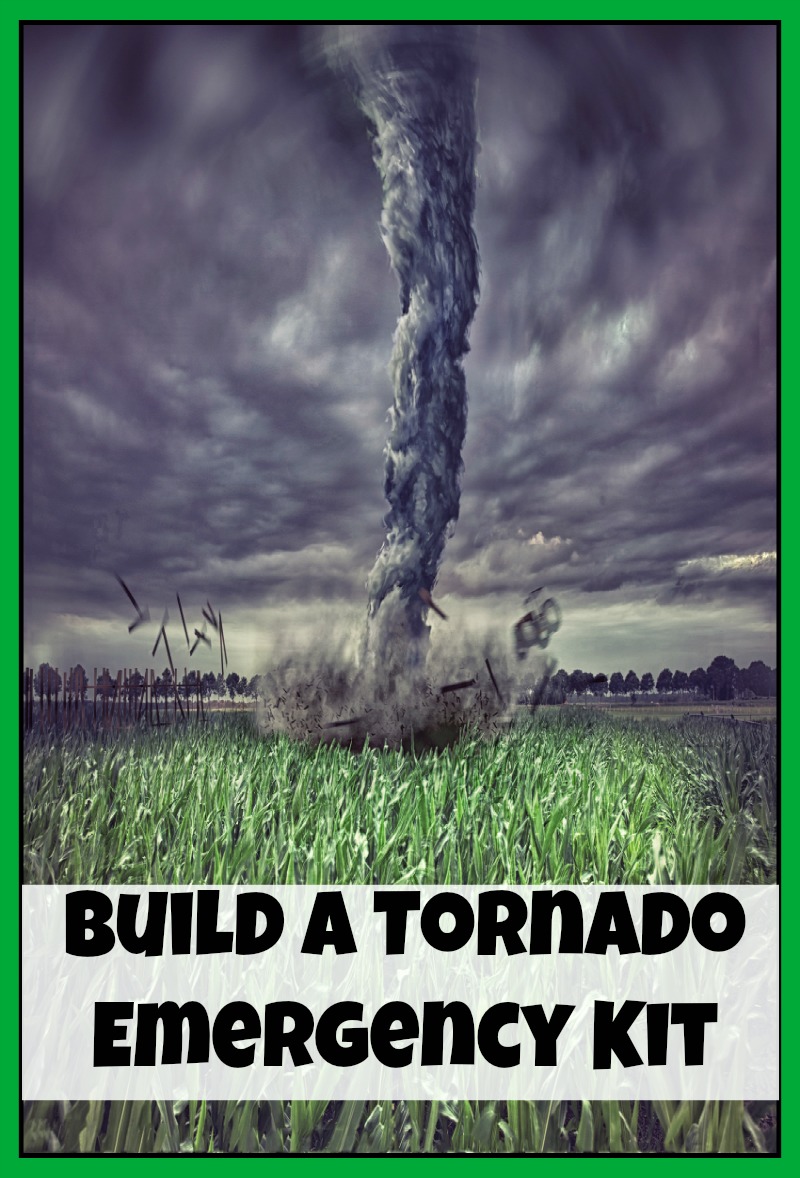
- First Aid Kit:
- Include bandages, antibiotic ointment, pain relievers, antiseptic wipes, adhesive tape, and a first aid manual.
- Water & Food:
- Pack at least 3 days’ worth of non-perishable food items, such as canned goods, energy bars, and crackers.
- Include at least 1 gallon of water per person per day.
- Personal Items:
- Pack a change of clothes, sturdy shoes, a hat, a flashlight, extra batteries, a multi-tool, and a whistle.
- Include personal hygiene items like toilet paper, hand sanitizer, and feminine hygiene products.
- Important Documents:
- Keep copies of essential documents like IDs, passports, birth certificates, insurance policies, and property deeds in a waterproof container.
- Medications:
- Pack a sufficient supply of any prescription medications, along with over-the-counter medications like ibuprofen or acetaminophen.
- Communication Equipment:
- Include a charged cell phone with a portable charger, a battery-powered radio, and a NOAA weather radio.
- Tools & Supplies:
- Pack a hammer, nails, duct tape, a pry bar, and work gloves.
- Include a fire extinguisher, a small generator, and fuel.
- Torpedo Warning System:
- Consider adding a NOAA weather siren or a weather app that provides real-time tornado alerts.
- Pet Supplies:
- If you have pets, include food, water, leashes, and pet carriers in your kit.
- List of Emergency Contacts:
- Compile a list of local emergency numbers, including police, fire, hospital, and your local weather service office.
- Generator and Fuel:
- Pack a portable generator and a sufficient supply of fuel to operate it for at least 24 hours.
- Important Documents:
- Keep copies of important documents like insurance policies, medical records, and financial information in a waterproof container.
- Cash:
- Include some cash in small denominations in case electronic payment systems are unavailable.
- Document Your Kit:
- Create a checklist or inventory of the items in your kit and review it regularly to ensure everything is in order and replace outdated items.
Remember to store your emergency kit in a secure and easily accessible location that all family members are aware of. Review your kit regularly, at least twice a year, to ensure that items are in good condition and replace any expired or depleted items.
